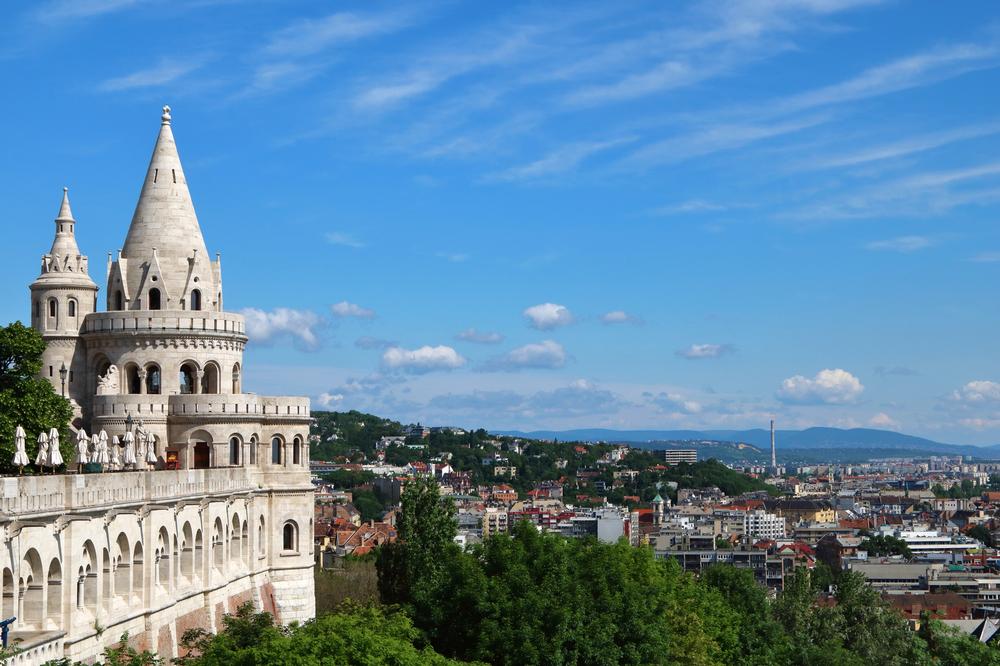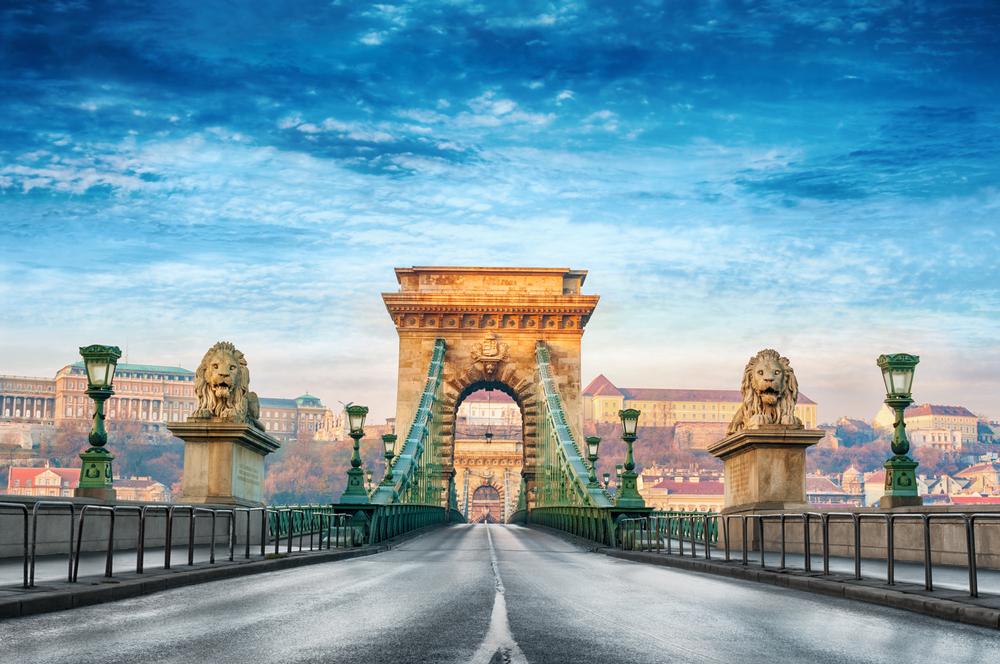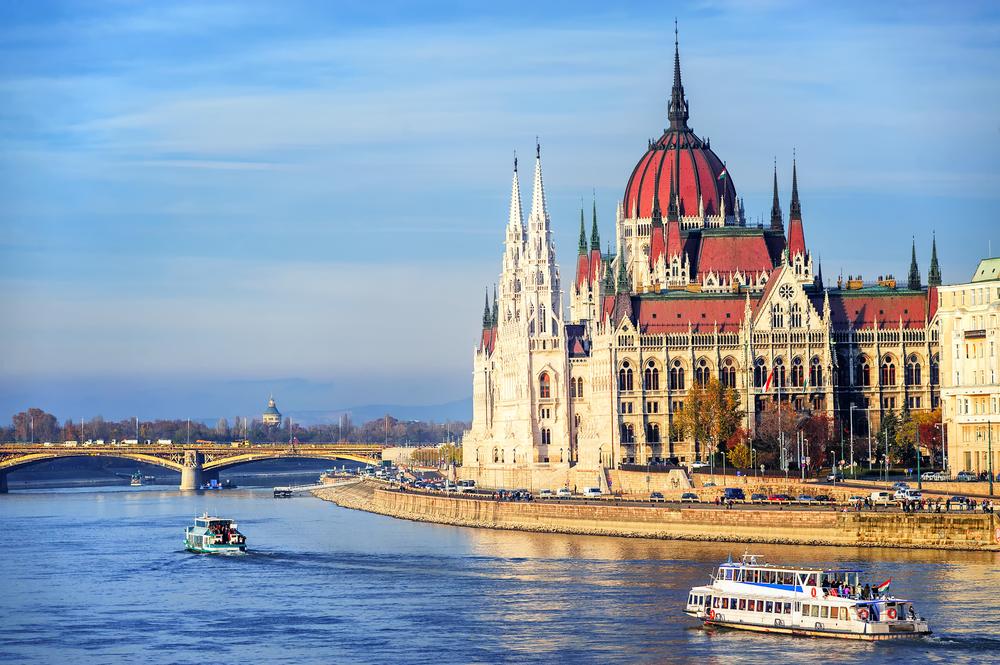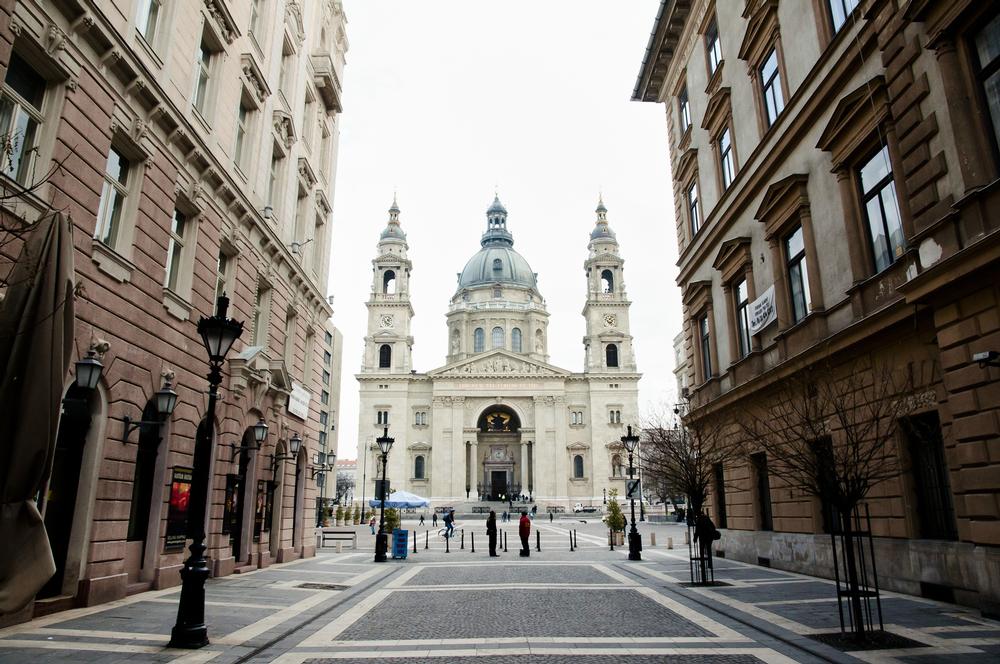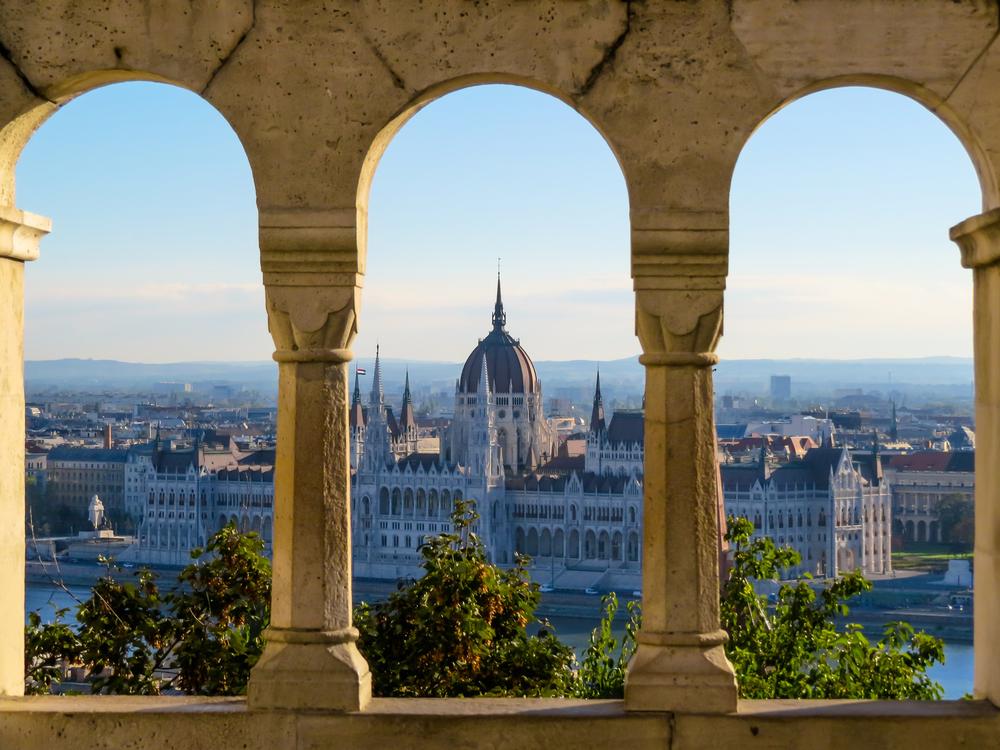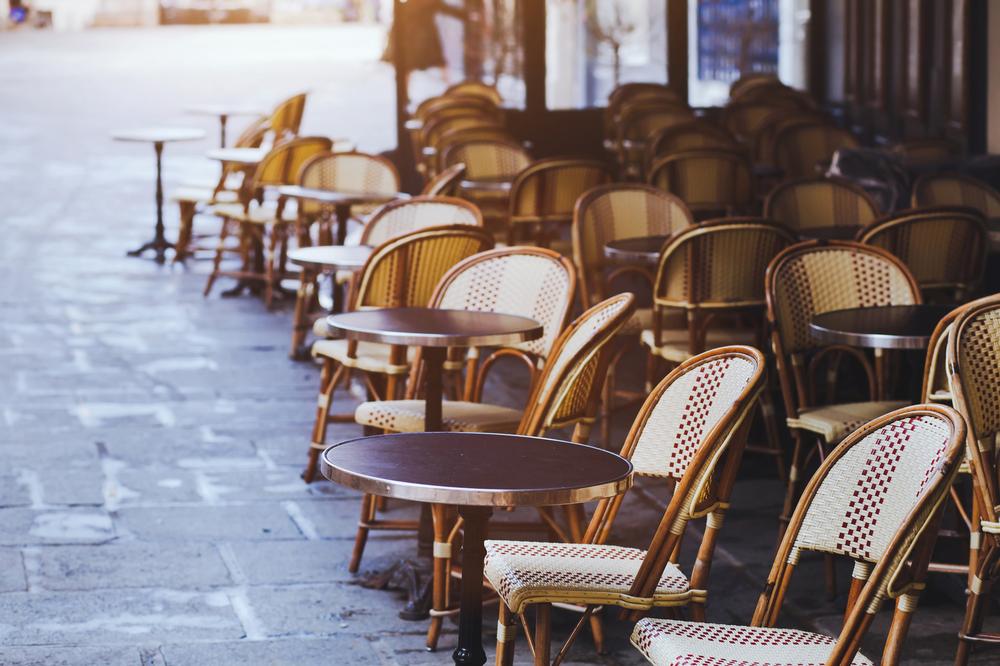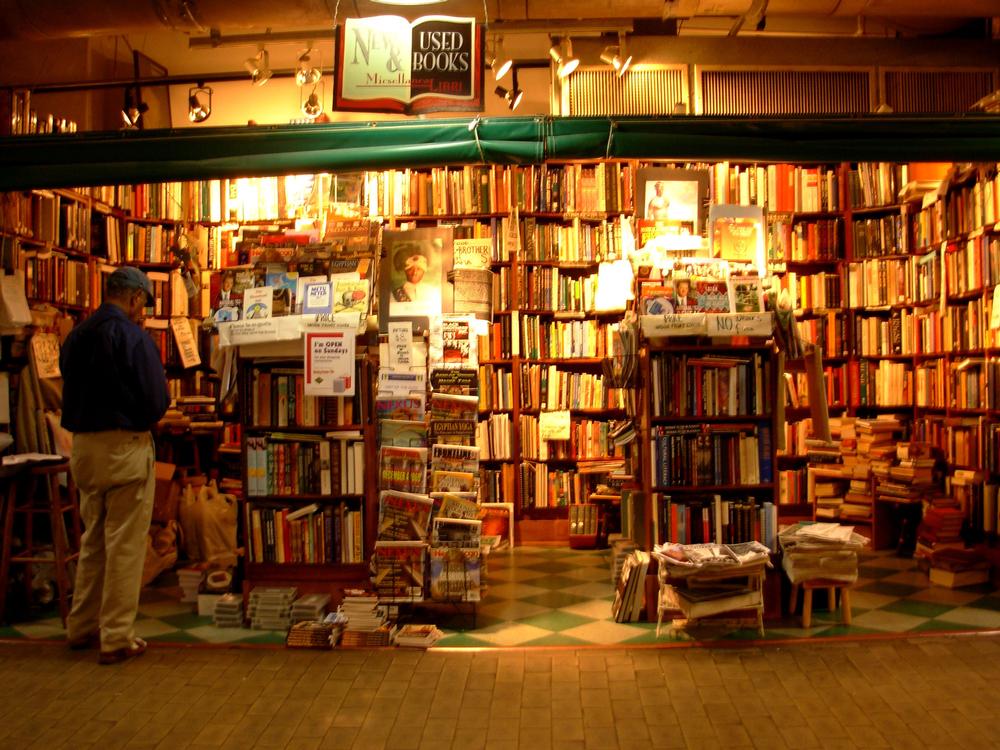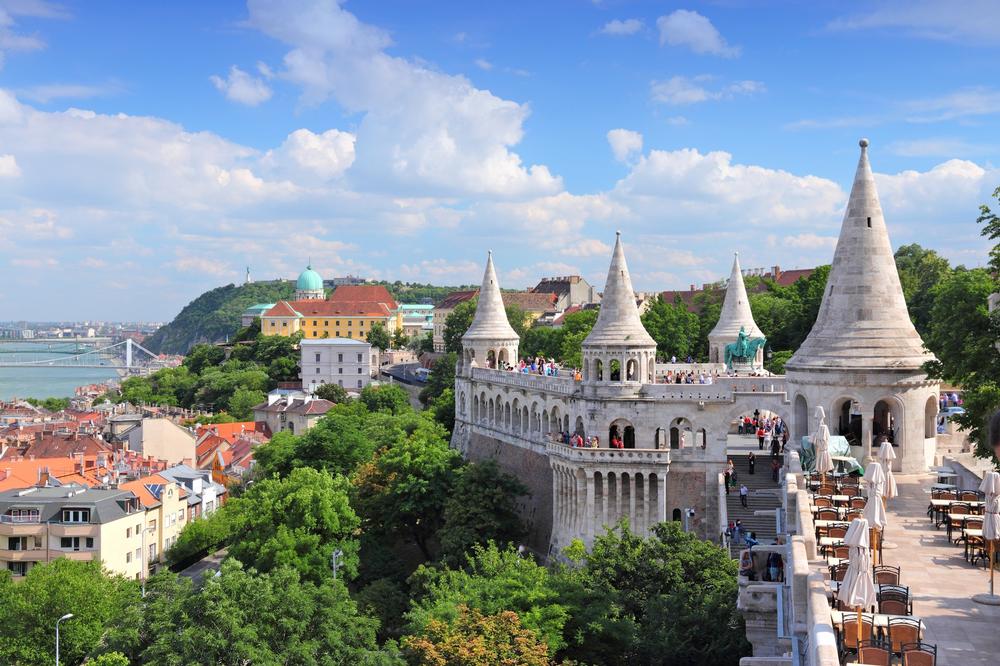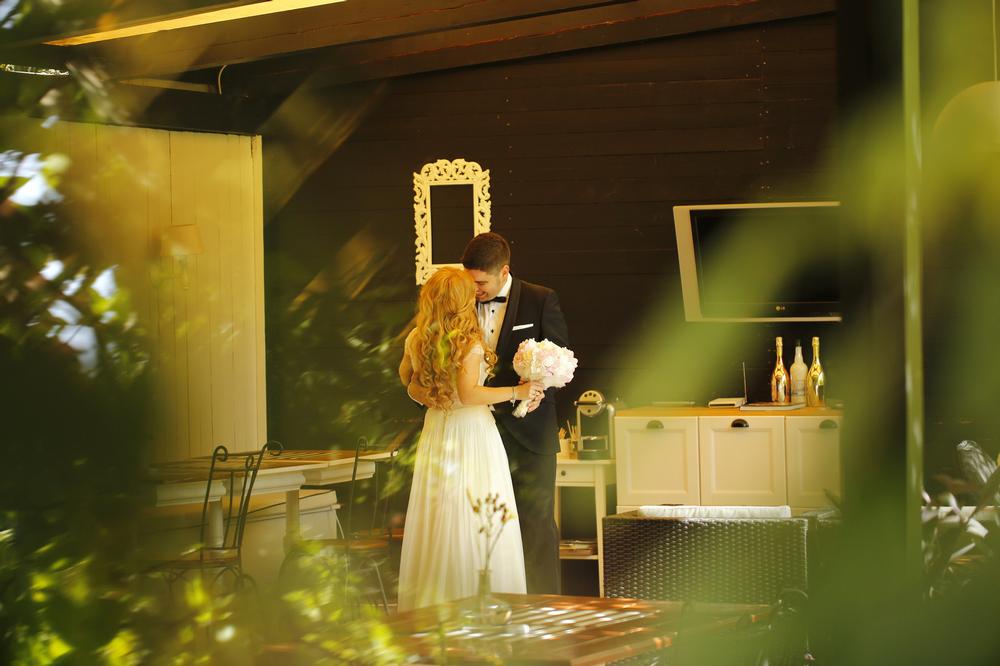Planning thermal baths and Danube views? Here’s a quick guide to Budapest’s weather so you can soak in the city in comfort!
Highlights:
Weather by Month:
I get asked this a lot so I decided to include it:
-
When is the best time to visit Budapest?
- Most people consider summer the best time to visit Budapest.
- This is the season when the weather is the warmest.
-
Which season is the busiest in Budapest?
- Summer is also the wettest and the busiest season.
- Most schools are on break, and many families visit Budapest.
- It can be crowded with lines at attractions, and hotels raise their room rates.
-
How cold does it get in Budapest during winter?
- The winter season varies between chilly and cold.
- However, there are great hotel deals at this time.
-
Is spring a good time to visit Budapest?
- Spring, between March and May, is a good time to visit Budapest.
- The weather is comfortable, there are no crowds, and room rates are reasonable.
-
Is fall a good alternative to visiting Budapest in spring?
- This is also true of the fall months between September and November.
-
When is the best time to visit Budapest on a budget?
- Visiting Budapest on a budget?
- The best time to visit is during the spring months of March through May.
- Flights and accommodations are generally much cheaper during this time of the year.
-
When can I experience the most festivals in Budapest?
- If you want to experience the most festivals possible in Budapest, plan your visit anytime between June through August.
- Events during this time include the Czech Beer Festival, the Danube Carnival, and the Sziget Festival.
-
How can I avoid the tourist crowds in Budapest?
- Want to avoid the crowds?
- Come to Budapest in October, as this is when most of the summer crowds have gone home.
-
When can I see Budapest covered in snow?
- Those who are after the beautiful sight of Budapest covered in a blanket of snow must certainly come in January.
How did I do?
Is the article too broad, too narrow, or just right ? Do you like the presentation of photos and text? Let me know in the comments! If you want to see more in this location, I can put it on my editorial calendar. I'm listening!
Plan Your Trip



